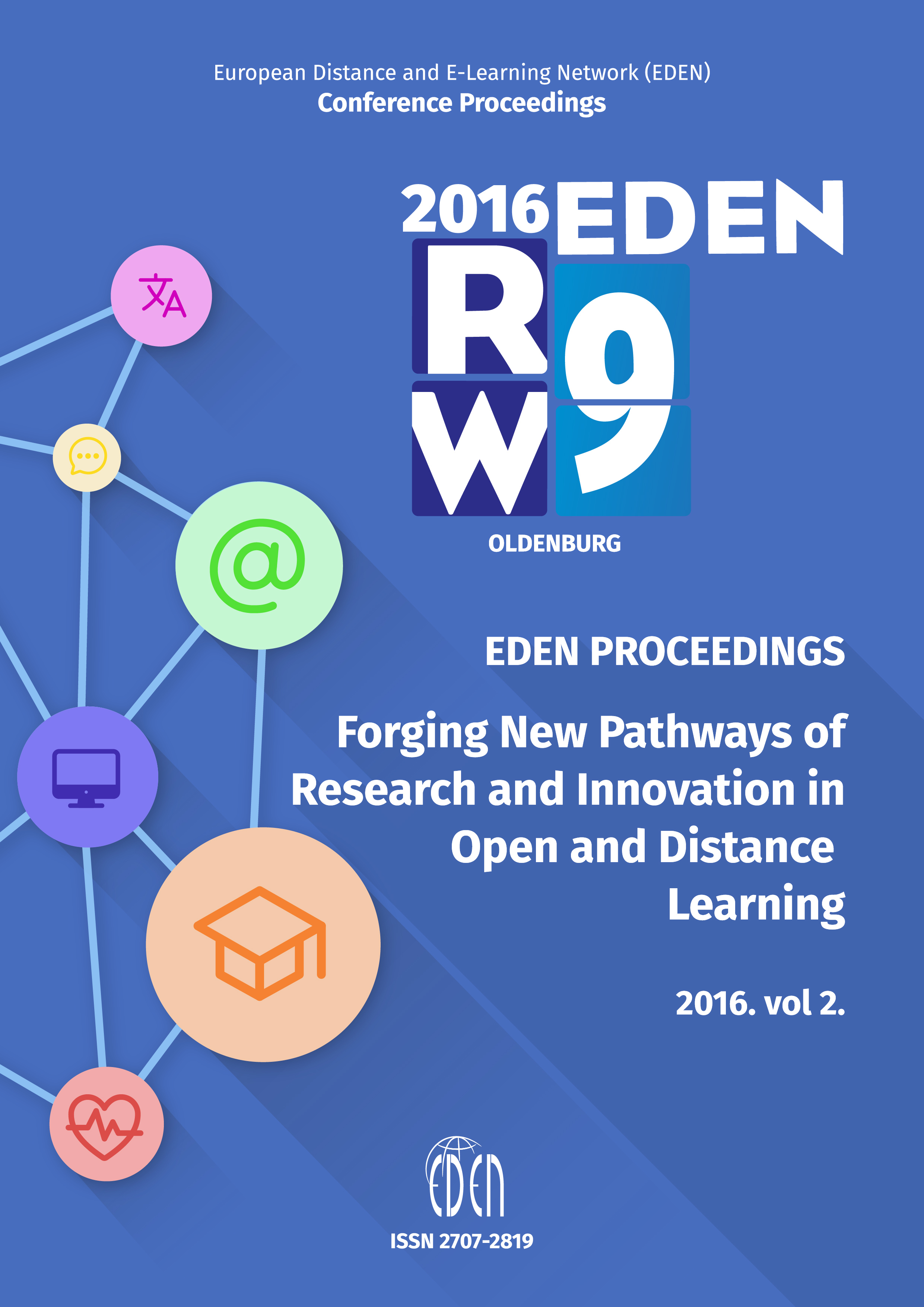Open Educational Resources (OER): Guidance for Institutional Decision Makers in Developing an OER Strategy
Open Educational Resources (OER): Guidance for Institutional Decision Makers in Developing an OER Strategy
Author(s): Lisa Marie BlaschkeSubject(s): Social Sciences, Education, Higher Education
Published by: European Distance and E-Learning Network
Keywords: E-learning policies, strategies; Institutional case study; Open content and resources
Summary/Abstract: In the hope of reducing ever-rising educational costs, more universities are turning to open educational resources (OER) as a means of minimizing the financial burden on students. Although initially a transition to OER may seem like a quick economic fix for reducing costs and increasing resource accessibility, it brings with it a variety of multi-layered issues – e.g., copyright and intellectual property issues, OER quality, relevance and applicability, resistance from faculty and the publishing industry, and institutional degree of openness (D’Antoni & Savage, 2009; Wiley, 2010) – each of which need to be addressed before successfully implementing a full-scale OER solution. In addition, institutions need to weigh the degree of openness they choose to engage in, as well as consider the advantages and disadvantages of their approach. This paper will discuss definitions of openness and OER, the benefits and challenges of OER, and current OER implementation strategies, while presenting three case studies of distance education institutions that have adopted OER and a summary of best practices.
Journal: European Distance and E-Learning Network (EDEN) Conference Proceedings
- Issue Year: 2016
- Issue No: 2
- Page Range: 173-185
- Page Count: 13
- Language: English

